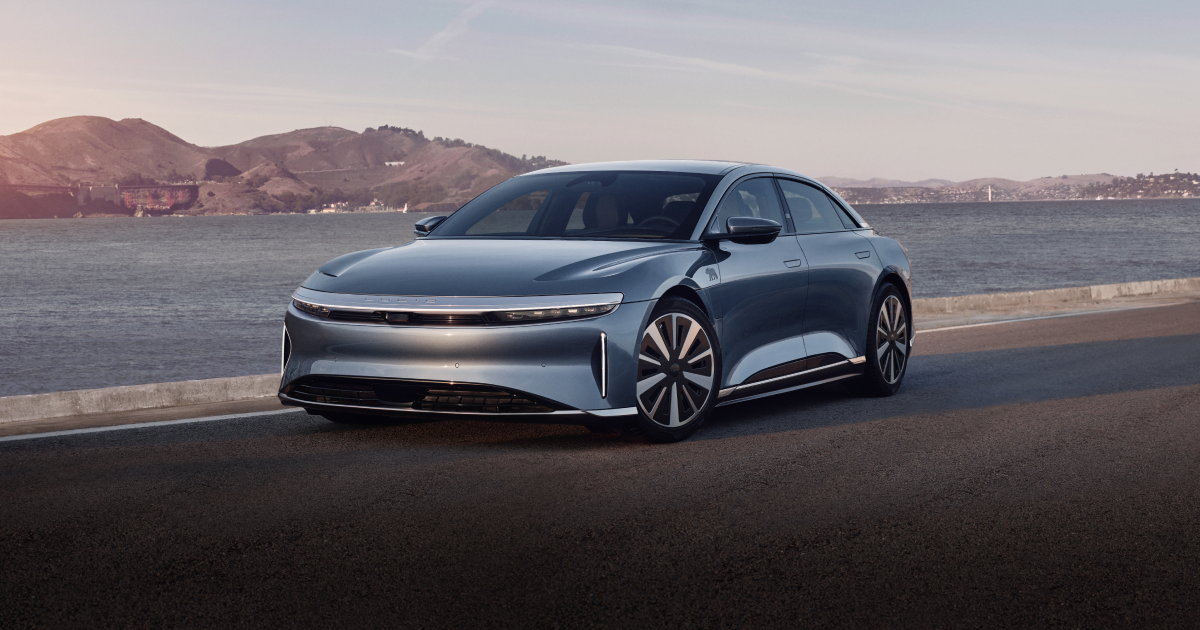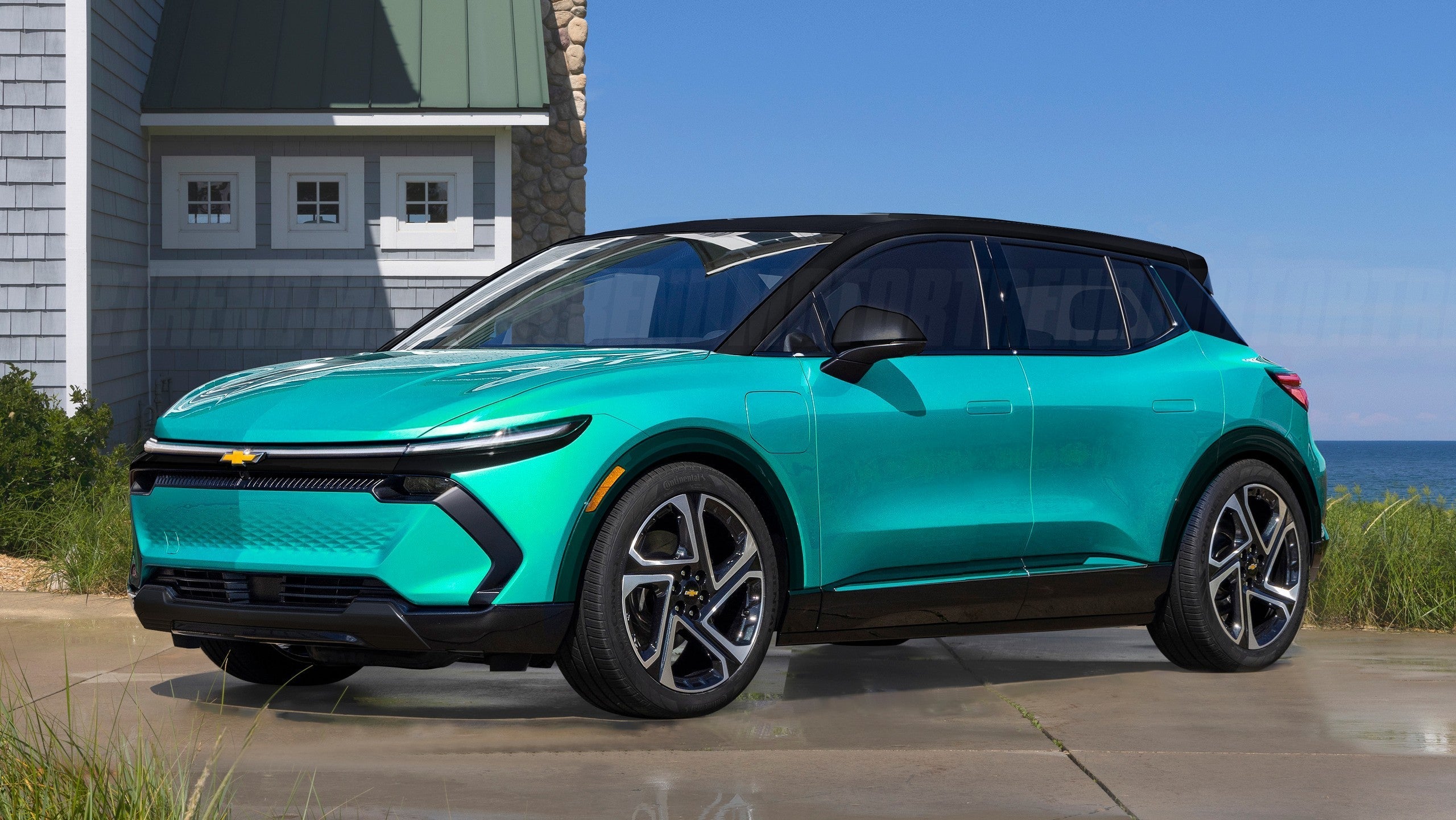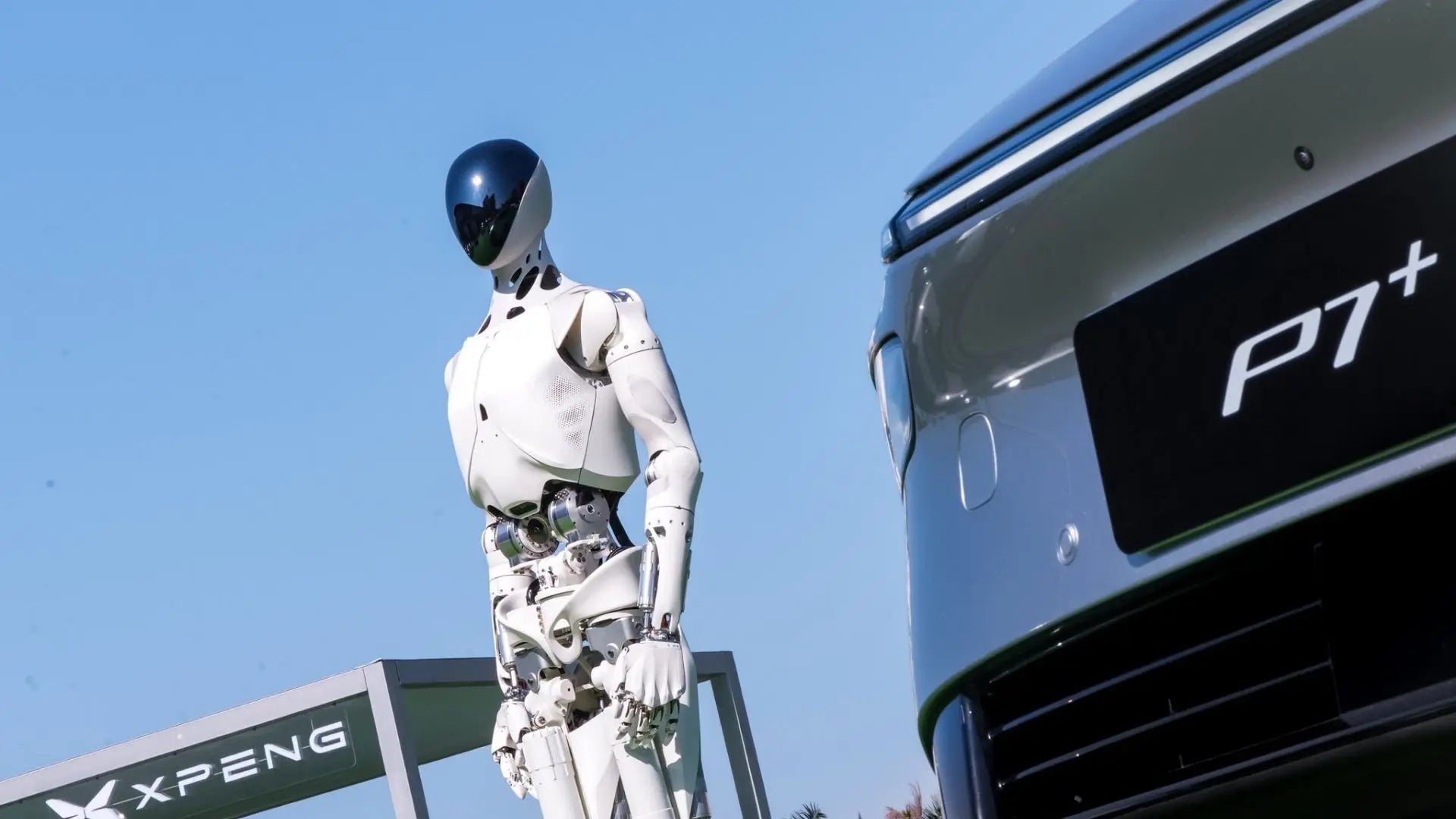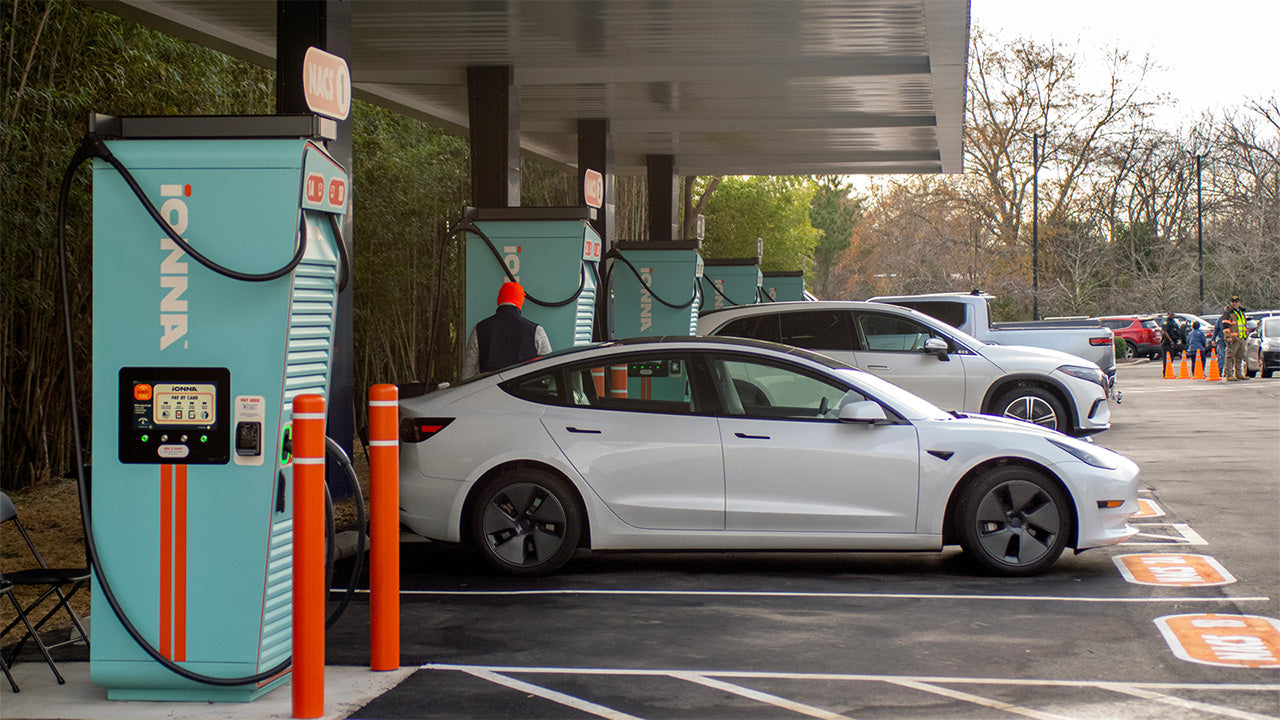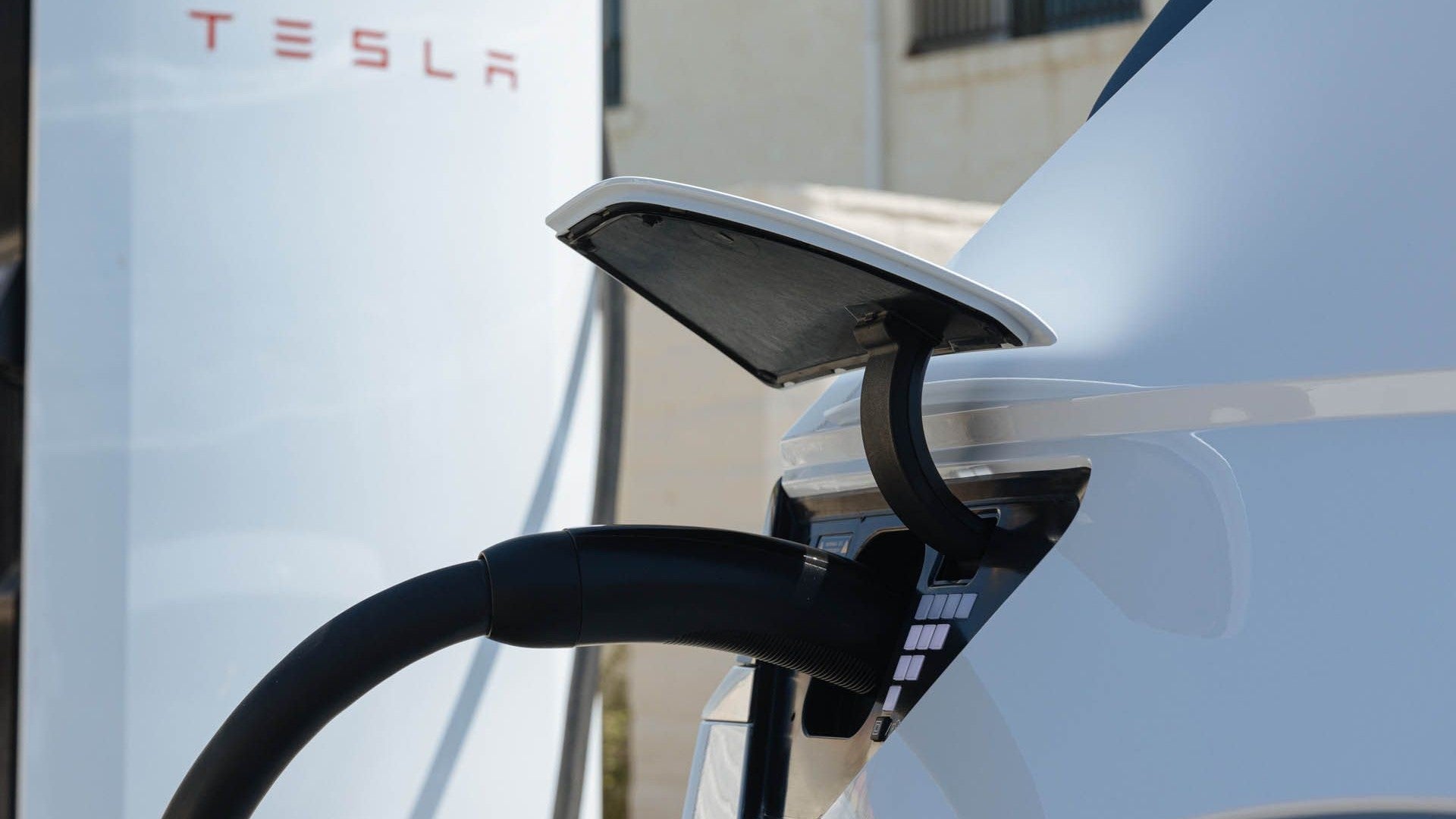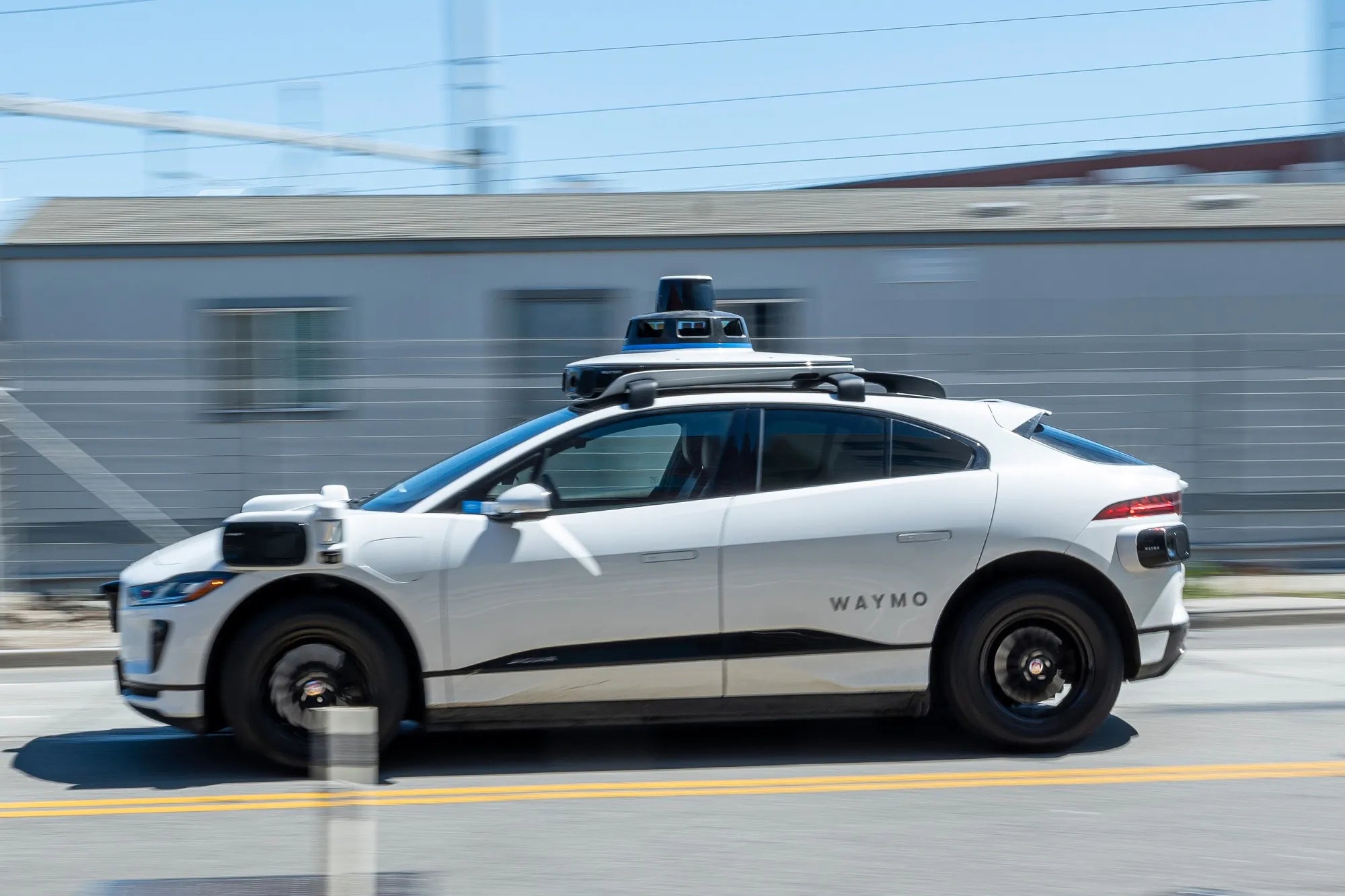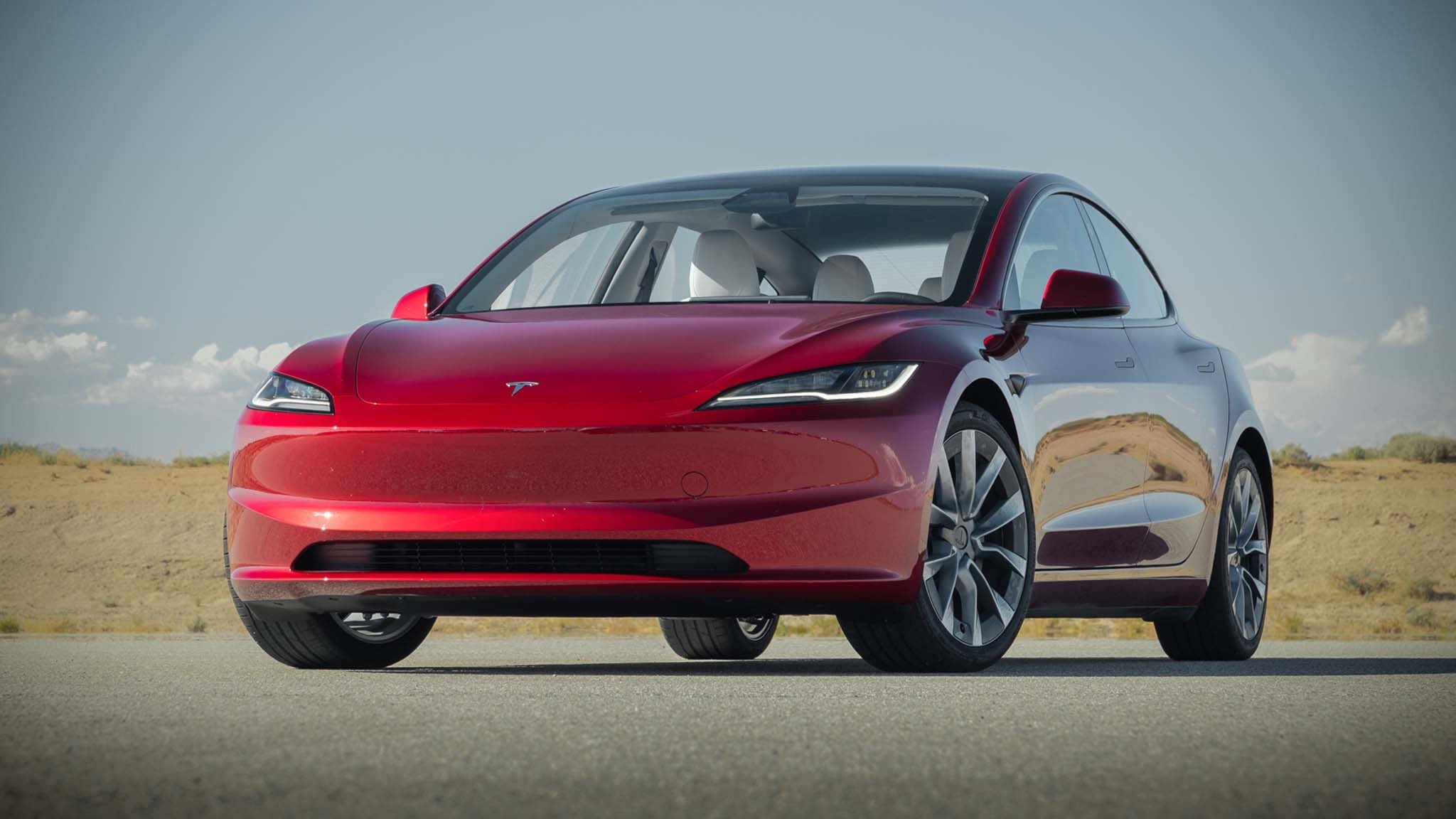Ionna is accelerating its fast-charging rollout with a $250 million California investment and more than 1,000 contracted bays. As stations expand and more cars support plug-and-charge, reliable long-distance EV travel is becoming easier across the U.S.
Nachricht
- Alle
- Audi
- Autonomous Vehicles
- Battery Tech
- BMW
- Buying Guide
- BYD
- Charging
- Chevrolet
- China
- Climate
- Design
- Elon Musk
- Fiat
- Ford
- General Motors
- Honda
- Hyundai
- Industry Outlook
- Jaguar
- Jeep
- Kia
- Lucid Motors
- Mazda
- Mercedes-Benz
- Model Comparisons
- Monthly EV Lease Deals
- Monthly EV Recommendation
- Nissan
- Polestar
- Policies & Incentives
- Porsche
- Pricing
- Renault
- RIVIAN
- Sales
- Scout Motors
- Slate Truck
- Subaru
- Tesla
- Toyota
- User Guide
- Volkswagen
- Volvo
- Xiaomi
- Xpeng
- Zeekr
U.S. EV Makers Turn to LFP Batteries for Lower Costs and Wider Adoption
LFP batteries are reshaping the U.S. EV market by cutting production costs and improving durability. Although fewer EVs currently use LFP, major investments from Ford, GM, and Rivian will bring more affordable models to American buyers soon.
Xpeng’s Global Tech Ambitions Grow as It Bets Big on AI and Autonomy
Xpeng is accelerating its global ambitions with a stronger focus on AI, autonomy, and in-house chip development. From its VLA 2.0 driving model to expanding EV sales abroad, the company aims to evolve from carmaker to tech leader.
California Reassesses Its 2035 Gas-Car Sales Ban Amid EV Market Shifts
California is reassessing its 2035 gas-car ban as legal setbacks, affordability issues and slow EV growth raise concerns. The debate reflects broader challenges facing EV adoption, autonomous tech and rising vehicle costs across the industry.
Waymo Accelerates U.S. Robotaxi Expansion Toward More Than 20 Cities
Waymo is accelerating its robotaxi rollout with new testing in Minneapolis, Tampa and New Orleans, pushing its network toward more than 20 cities. The company leads U.S. autonomous ride-hailing as it prepares for major expansion.
Hyundai Pushes Toward Ultra-Fast EV Charging and Three-Minute Top-Ups
Hyundai is developing much faster EV charging, testing 400 kW systems and exploring ways to eventually reach three-minute top-ups. As global competitors push 1 MW and beyond, Hyundai sees ultra-fast charging as essential for future EV adoption.
Jeep and Dodge EVs to Gain Tesla Supercharger Access Starting in 2026
Stellantis will enable Jeep and Dodge EVs to use Tesla’s Supercharger network beginning in 2026, expanding charging access as the automaker adopts the NACS standard. The move boosts convenience as Stellantis works to strengthen its EV strategy.
Waymo Expands Driverless Taxi Network to More U.S. Cities in 2026
Waymo plans to expand its driverless taxi service to five additional U.S. cities in 2026 while targeting 12 more markets ahead. The company grows amid rising competition from Zoox and Tesla and increased regulatory scrutiny.




